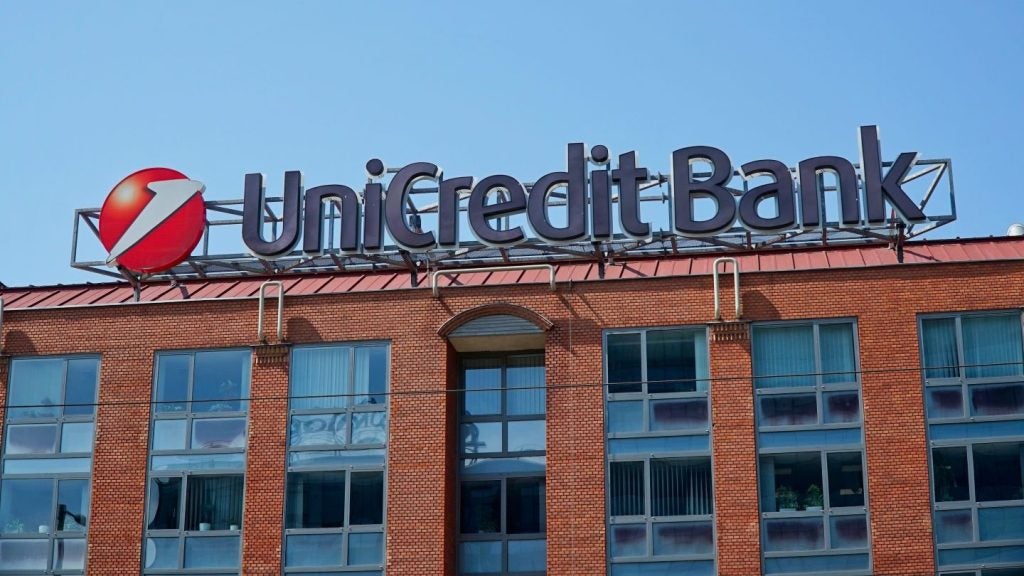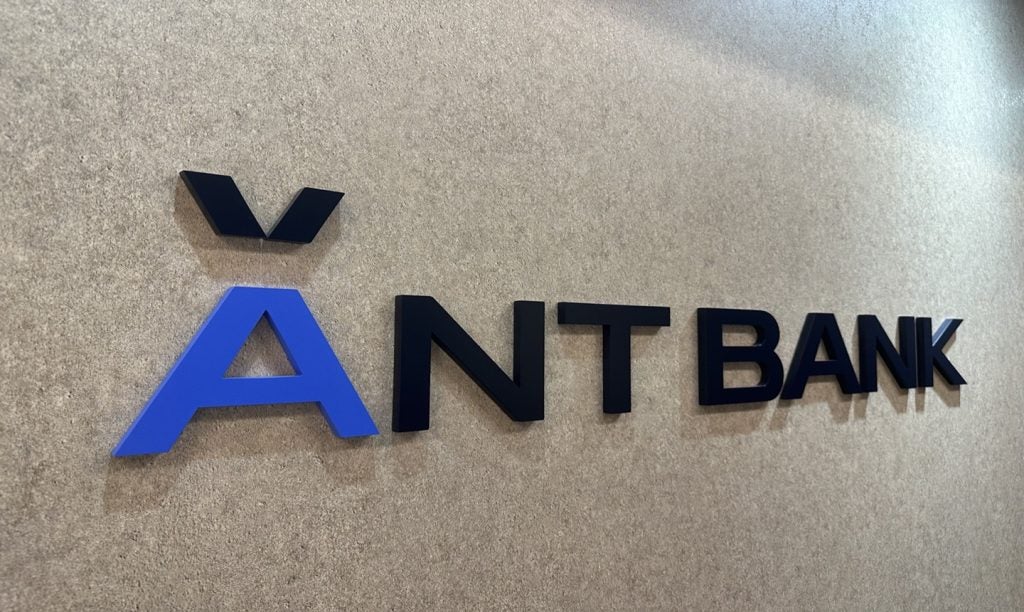
Wells Fargo has posted net income of $5.8bn for the quarter to end September. Net interest income increases by 8% y-o-y. This is primarily due to the impact of higher interest rates, partially offset by lower deposit balances. Non-interest income increases 4%, driven by higher trading revenue in the banks Markets business, higher investment banking fees, and an increase in asset-based fees in Wealth and Investment Management on higher market valuations. This is partially offset by lower mortgage banking income and lower deposit-related fees. Non-interest expenses decline by 8%, driven by lower operating losses and the impact of efficiency initiatives, partially offset by higher severance expense, technology and equipment expense, revenue-related compensation, advertising costs, and FDIC assessments. Successful cost control helps to reduce the cost-income ratio by 10 percentage points from a year ago to 63%.
Provision for credit losses in the third quarter include a $333m increase in the allowance for credit losses. This relates primarily to commercial real estate office loans, as well as for higher credit card loan balances, partially offset by a lower allowance for auto loans.
Loan balances dip, charge-offs deteriorate, returning excess capital remains a priority
Wells Fargo CEO, Charlie Scharf said: “Our third quarter results were solid with net income of $5.8bn and revenue of $20.9bn. Our revenue growth from a year ago included both higher net interest income and noninterest income. We benefited from higher rates and the investments we are making in our businesses. Expenses declined from a year ago due to lower operating losses. While the economy has continued to be resilient, we are seeing the impact of the slowing economy. Loan balances decline and charge-offs continue to deteriorate modestly. In the third quarter, we increased our common stock dividend by 17% and our CET1 ratio was 11.0%. This is 210 basis points above our new regulatory minimum plus buffers starting in the fourth quarter. While proposed bank capital rules include higher capital requirements, we are starting from a strong capital position. Returning excess capital to shareholders remains a priority.”
Wells Fargo Q3 2023 consumer banking highlights
Wells Fargo’s Consumer Banking and Lending unit posts revenue ahead by 3% y-o-y. Consumer, Small and Business Banking is up 7%. This is driven by the impact of higher interest rates, partially offset by lower deposit balances and lower deposit-related fees. The bank says this reflects its efforts to help customers avoid overdraft fees. Home Lending is down 14% due to a decline in mortgage banking income driven by lower originations and lower servicing income. This includes the impact of sales of mortgage servicing rights. Credit Card is up 2% driven by higher loan balances, including the impact of higher point of sale volume and new product launches. This is partially offset by the impact of introductory promotional rates and higher credit card rewards expense. Auto is down 15% driven by loan spread compression and lower loan balances. Personal Lending is up 14% on higher loan balances. Notably, non-interest expenses are down 13% due to lower operating losses and the impact of efficiency initiatives, partially offset by higher operating costs and advertising costs. On the other hand, one notable less positive metric is the 5% decline in average deposits to $1.3trn.

US Tariffs are shifting - will you react or anticipate?
Don’t let policy changes catch you off guard. Stay proactive with real-time data and expert analysis.
By GlobalData






